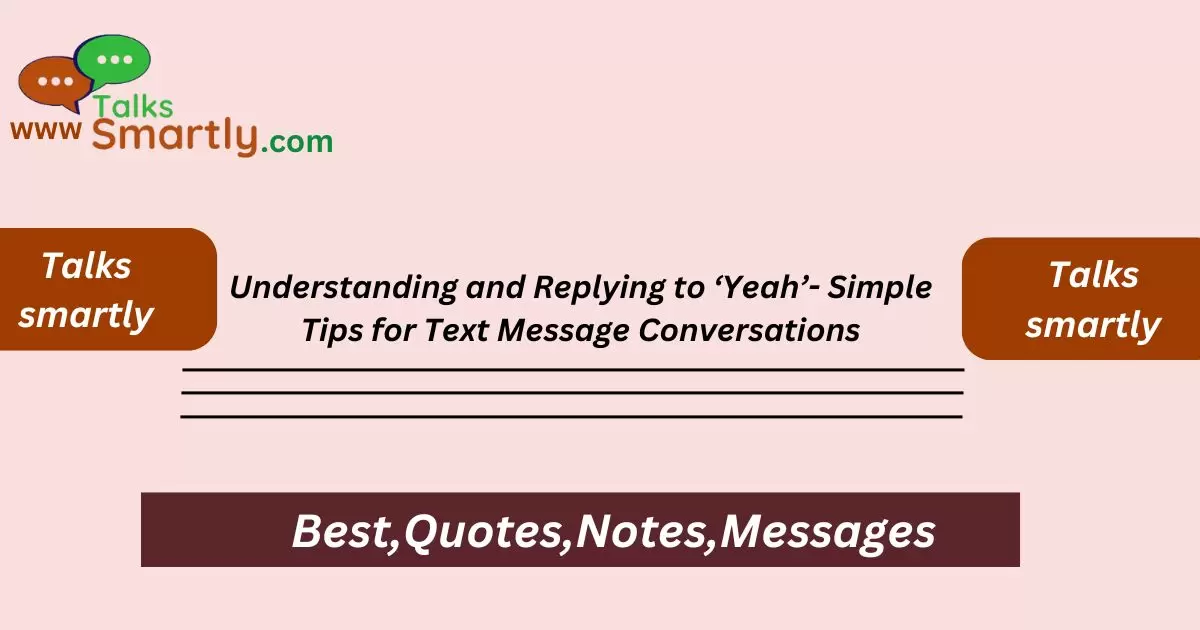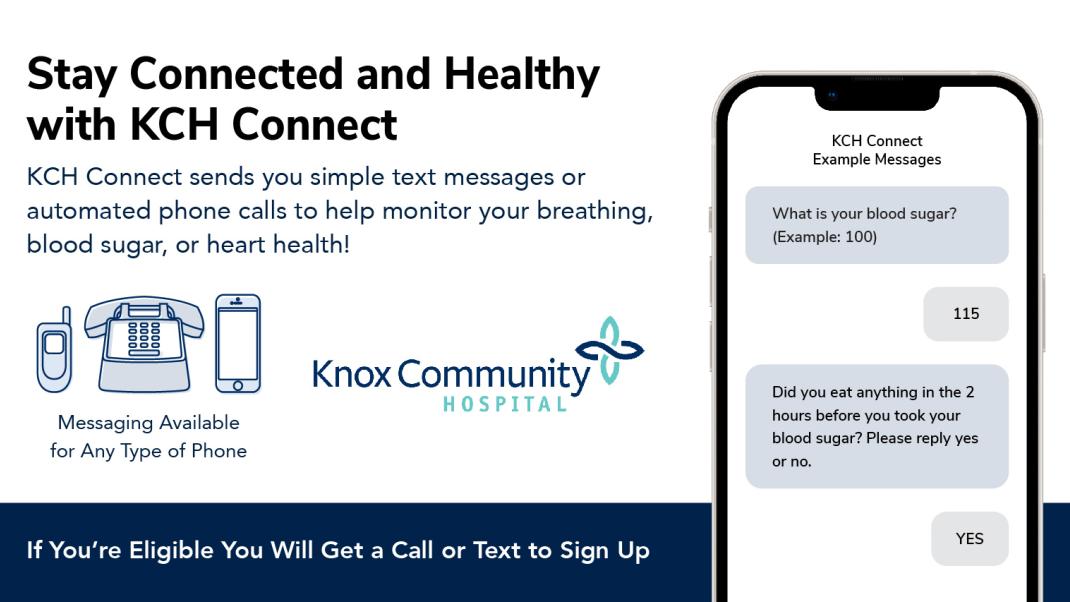Understanding and replying to “yeah” in text conversations requires context and awareness. It can mean different things based on tone and situation.
Text messaging often lacks the nuances of face-to-face interaction, making it essential to interpret short replies like “yeah” accurately. This word can signal agreement, indifference, or even a prompt to continue the conversation. Recognizing the context and tone can help you craft a fitting response.
For instance, a casual “yeah” might mean someone agrees but isn’t overly enthusiastic. On the other hand, a more enthusiastic “yeah!” Could indicate excitement. By paying attention to these subtle cues, you can keep the conversation flowing and engaging. Understanding these nuances can enhance your text communication skills significantly.

Credit: talkssmartly.com
Importance Of Context
Context matters in every conversation. A simple “yeah” can mean different things. It could show agreement or indifference. It might even hint at boredom. To understand, think about the situation. Are you talking about plans? Are you sharing a joke? Each scenario changes the meaning.
Tone is key to understanding “yeah.” Is the person happy or upset? A cheerful “yeah” is different from a sad one. Intent also plays a role. Are they agreeing or just being polite? Pay attention to emojis and punctuation. They give clues about the real meaning.

Credit: www.kch.org
Types Of ‘yeah’
Exploring the different ways people use “yeah” can enhance your text message conversations. Each variation carries unique tones and meanings, helping you respond more effectively.
Positive ‘yeah’
A positive ‘Yeah’ shows happiness or agreement. It feels friendly and warm. You might see it after good news. This ‘Yeah’ can make conversations enjoyable. It often comes with excitement or joy.
Neutral ‘yeah’
A neutral ‘Yeah’ is not too happy or too sad. It just means “okay” or “I understand.” This ‘Yeah’ is often used in regular chats. It helps keep the talk going without strong feelings. Neutral ‘Yeah’ is simple and straightforward.
Negative ‘yeah’
A negative ‘Yeah’ shows someone is not happy. It can mean they are bored or upset. This ‘Yeah’ might come with a sigh. Sometimes, it feels cold or distant. Be careful when you see this ‘Yeah’. It could mean something is wrong.
‘yeah’ In Different Scenarios
In casual chats, ‘yeah’ often means agreement. It shows the person is interested. Keep the conversation light and fun. If someone says ‘yeah’, reply with another question. This keeps the chat going. Sometimes, ‘yeah’ can be short for ‘yes’. It feels more relaxed and friendly. Always pay attention to the context. Context helps you understand the true meaning.
In professional settings, ‘yeah’ can seem informal. It’s best to use ‘yes’ in work emails. ‘Yeah’ might make you sound less serious. Always consider the audience. If your boss uses ‘yeah’, it may be okay. But, when in doubt, stick to ‘yes’. Professionalism is key in work chats. It shows respect and understanding.

Credit: www.amazon.com
Decoding ‘yeah’
The word ‘Yeah’ can mean many things. Tone of voice matters a lot. A happy “Yeah” sounds cheerful. A sad “Yeah” sounds different. Pay attention to context too. The situation helps to understand the meaning. Ask for more details if unsure. You can also use emojis to get a better idea. Emojis show feelings and emotions.
Body language is key in face-to-face talks. But in texts, it’s missing. Use words to show feelings. Add emoji to express yourself better. Emojis can show happy or sad feelings. Watch how others text you. Their style can give you clues. Mirror their style for better talk. Keep messages clear and simple.
Effective Responses
A single “Yeah” can feel like a dead end. Ask a follow-up question. This keeps the conversation alive. Try asking, “What did you like about it?” or “Can you tell me more?”. Show interest in their response. This encourages them to share more. Avoid one-word replies yourself. Keep the dialogue flowing smoothly.
Sometimes “Yeah” can be unclear. Ask for clarification. Questions like “Did you mean X or Y?” can help. This ensures you understand their point. Clarifying questions show you care about their thoughts. This builds better conversations. Be respectful and patient while asking.
Avoiding Misunderstandings
Always ask questions if confused. This helps to avoid mix-ups. Repeat important points. This ensures clarity. Use simple words. Complicated words can lead to misunderstandings. Be polite in your responses. Politeness helps in clear communication. Avoid slang. It can confuse the reader.
Read carefully what others say. This shows respect. Respond thoughtfully to messages. This keeps the conversation meaningful. Show interest in their words. This makes them feel valued. Ask follow-up questions. This shows you are listening. Avoid distractions while texting. Focus helps in better understanding.
Cultural Differences
The word “yeah” can mean different things. In some places, “yeah” sounds casual and friendly. Other places use “yes” for more formality. Tone and context matter a lot.
People from different countries use “yeah” in unique ways. In the USA, it’s common and relaxed. In Japan, people might see it as too informal. Understanding these differences helps avoid confusion.
Techniques For Improvement
Practicing can make you better. Try different replies to “Yeah”. Ask a friend to help you. You can make a list of common replies. Use this list to practice daily. Over time, you will get better.
Feedback is important for learning. Ask friends for honest feedback. Adapt based on what they say. Make small changes to your replies. Note what works and what doesn’t. Keep practicing and adapting.
Conclusion
Mastering replies to “Yeah” enhances text conversations. Use context, ask questions, and show genuine interest. Practice these simple tips. Your conversations will become more engaging and meaningful. Remember, thoughtful communication builds stronger connections.
